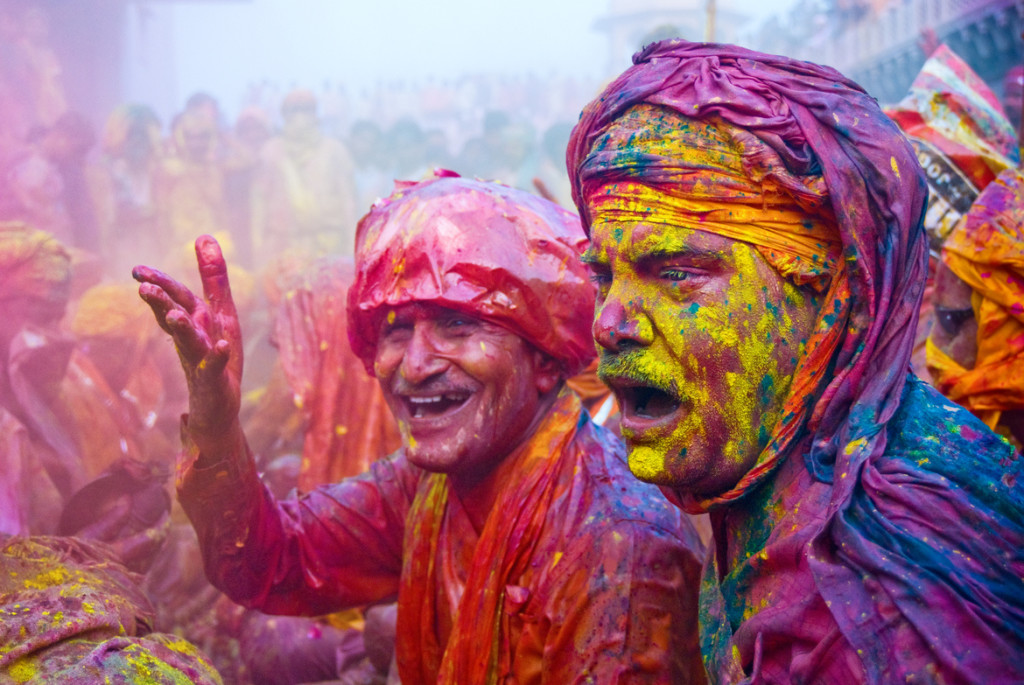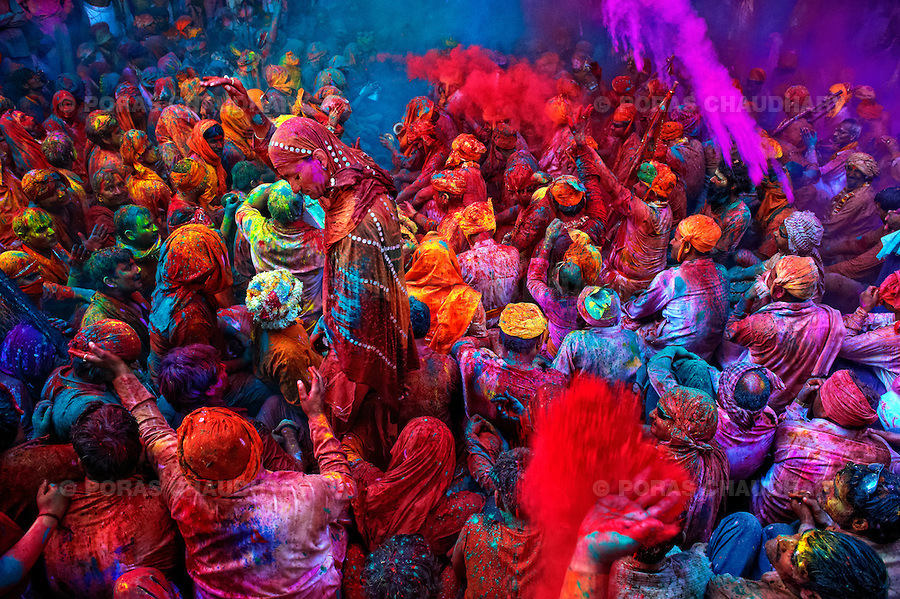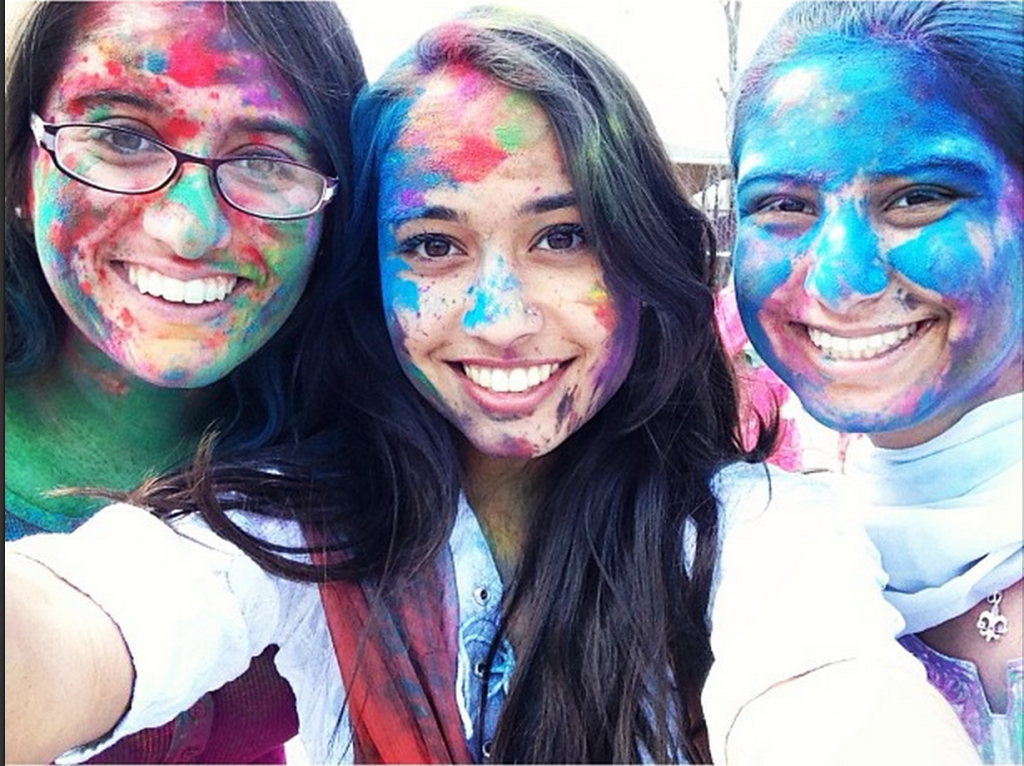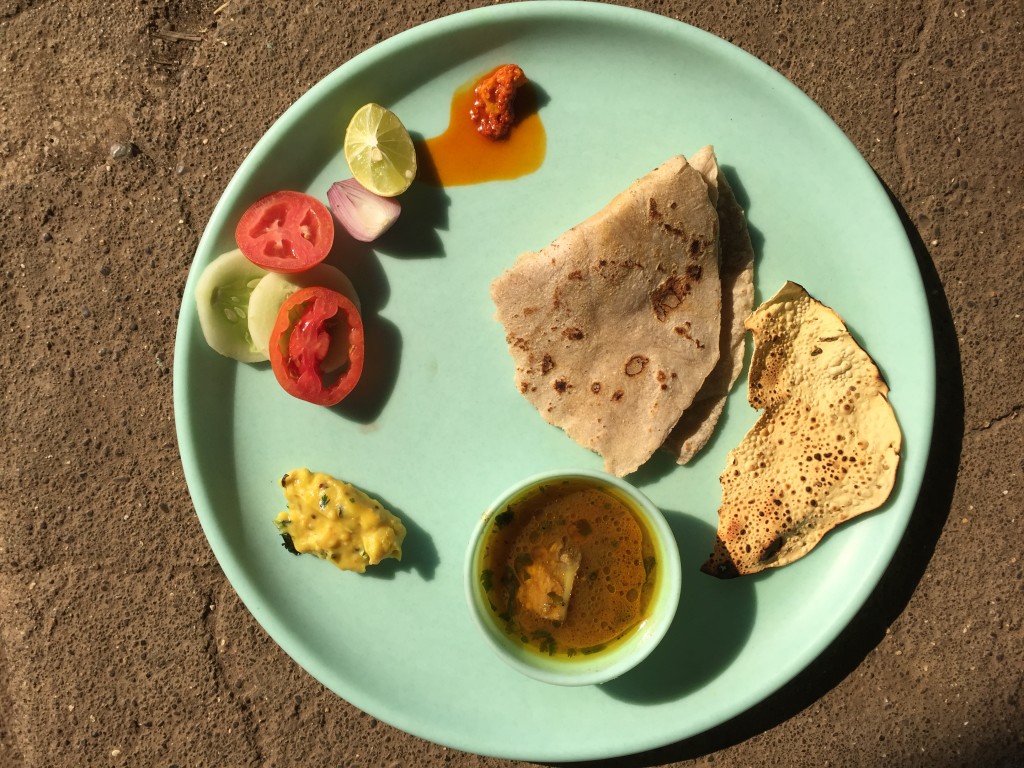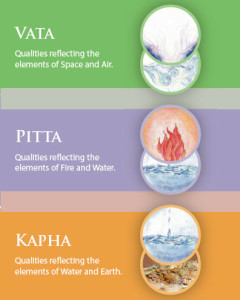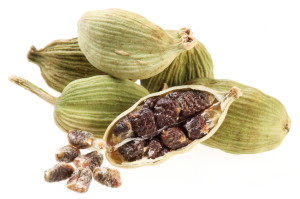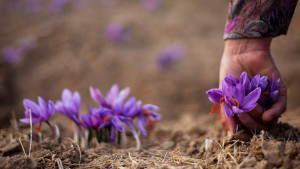At the beginning of this semester, around February when it was bitter cold, and in March when I had midterms and projects for 3 weeks straight, I was hype for this semester to be over, but now that this is my last passion post, the nostalgia has started. It’s crazy to think that a whole year of my undergraduate career has finished. (And to be honest, what have I accomplished…I feel like a potato). As much as blogging was a hassle this year, I am SO glad I have this website to look back upon chronicling my freshman year. I always dread any assignments because I really hate the idea of a number value being assigned to my work, but I appreciated blogging because it took me away from reality for a little so I can research something, or talk about my own perspective. In light of perspective, I am going to deviate on this post a little bit and reflect, because you don’t get a lot of time for that in college and I think “last blog post of the year” in college – when everything is semester based – merits that much.
Anyway, I tried to make sure that each one of my posts was inspired by something going on in my own life, and while these are subtle hints to me, this blog is somewhat of a timeline of my experiences with the immigrant life in my freshman year of college. In fact, I just scrolled back through this semesters posts and I can remember exactly why I posted each one. Furthermore, I am happy to have switched to this RCL section, because I made friends with more Schreyer freshman so much so that my roommate for next year is in my blogging group! S/o to blogs. S/o to the random group generator. I have also been able to work with yet another fabulous professor and I can see the changes in my rhetorical developments just through my blog. I looked at last semester’s posts and cringed a little bit.
Coming to college with all of the GPA pressure, and pressure from my family members was a little difficult at first. I’m not gonna lie, I still find it really hard. Each semester is like a marathon! You’re always finding a balance between your health (sleeping, partying, fitness), grades and your social life. Today I’ve slacked realll hard on the fitness part, but my car broke down so I’m just going to give myself a break. Either way, it’s been a pleasure blogging with you all this semester. I can’t believe how much I’ve grown since move-in day till now.

TBT to August 20th! I remember saying bye to all my friends just the night before. Little did I know what being a student at Penn State Schreyer Honors College even meant…

S/o to my parents though for helping me get here. I guess my dad’s a lil too happy for me to get out of the house tho.

